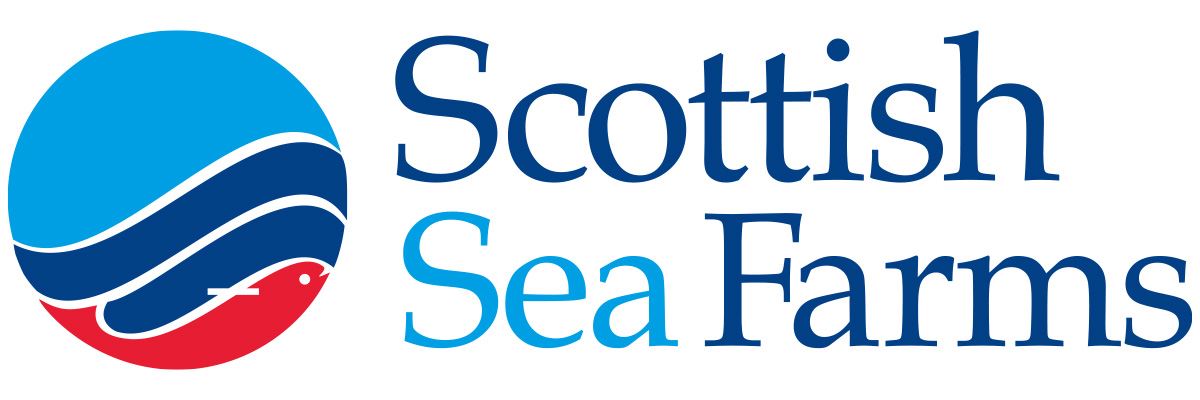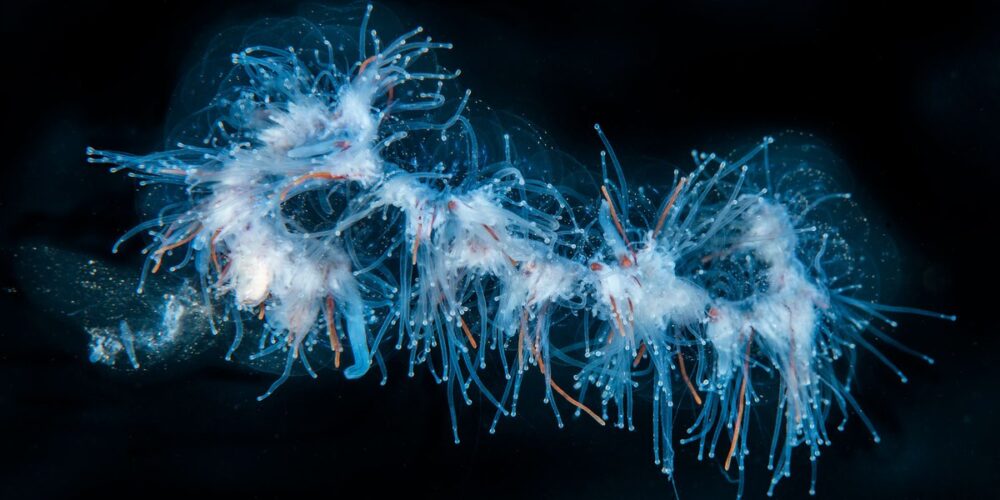Posts Tagged ‘fish health and welfare’
Fish Health and Welfare Manager, Mainland Marine
At Scottish Sea Farms we are committed to supporting local economies in some of the most remote parts of the Scottish Highlands and Islands by providing employment and career development opportunities in the local communities in which we operate.
Read MorePoison gas kills 10,000 salmon
Up to 10,000 salmon in northern Norway have reportedly been killed by poison gas.
The regional newspaper Lofotposten says the incident took place at Eidisholmen outside Stamsund. The fish had an average weight of around two kilos.
Read MoreNatural defences
Researchers have charted how low levels of hydrogen sulphide in RAS systems trigger a defensive reaction in salmon – and their findings could be used to help manage the risks associated with this toxic gas.
Read MoreNew jellyfish fears in Norway
The jellyfish scourge which cost Norwegian salmon companies millions of krone last winter may be on the way back.
The Norwegian Institute of Marine Research, through its Jellysafe project, says there have been increased sightings of the “perlesnormanet” jellyfish – also known as string or barbed jellyfish – and estimated numbers are now running at the same level as last year.
Read MoreLice numbers in northern Norway ‘at worrying levels’
Fish farms in northern Norway are being hit by extraordinarily high salmon lice levels, say the authorities.
The situation is being caused by exceptional summer temperatures which have been up to five degrees centigrade higher than normal.
Read MoreRSPCA Assured suspends three farms
RSPCA Assured has suspended three Scottish salmon farms from its animal welfare scheme, following allegations of animal cruelty.
Activists from campaigning group Animal Equality presented RSPCA Assured with drone footage showing that fish had been removed from the water for longer than the maximum 15 seconds allowed, causing them distress and risking suffocation.
Read MorePartnership deal aims to improve shrimp welfare
Aquaculture software business HydroNeo and animal welfare research and development organisation FAI have signed a partnership agreement aimed at helping shrimp farmers in Asia to adopt better practices.
FAI’s shrimp welfare assessment framework and technology will be incorporated into HydroNeo’s digital farm management mobile application. The collaboration will provide shrimp farmers with comprehensive tools to monitor and enhance shrimp welfare.
Read MoreMowi hails fall in mortalities over August
Mowi Scotland recorded a significant year-on-year drop in salmon mortality during August, which the company said could be down to falling sea temperatures as part of the El Niño cycle.
Read MoreSting operation
Two projects are looking to unravel the secrets of the string jellyfish, as Vince McDonagh reports.
Read MoreResearchers chart salmon reaction to hydrogen sulphide
A study has revealed how Atlantic salmon in recirculating aquaculture systems (RAS) deploy natural defences against low levels of hydrogen sulphide.
The findings could help fish farmers to detect underlying problems with hydrogen sulphide (H2S) in RAS facilities.










